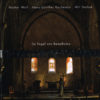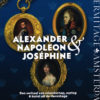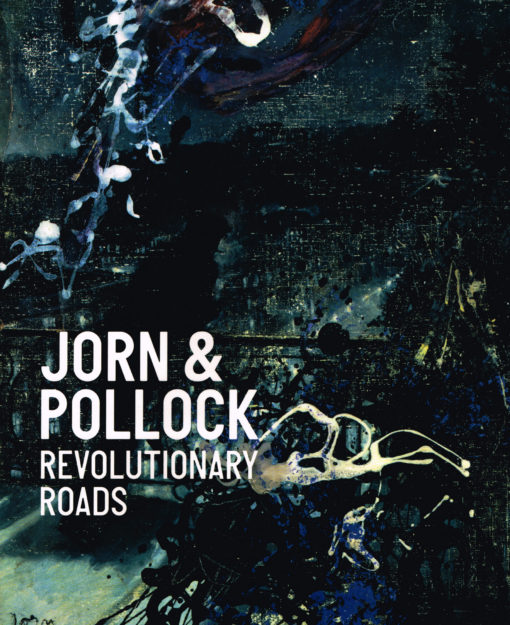Jorn & Pollock
Revolutionary Roads
€ 48,00 Oorspronkelijke prijs was: € 48,00.€ 12,50Huidige prijs is: € 12,50.
ISBN: 9788792877222.
Bindwijze:
geb
Taal:
EN
Uitgever:
Louisiana Museum of Modern Art
Paginas:
199
Categorie: Kunst.
In the years during and just after World War II, the Danish artist Asger Jorn (1914-73) and the American painter Jackson Pollock (1912-56) came to play major roles in the development of a new Abstract Expressionist art. Both drew on Surrealism and Picasso to explore automatism in painting, each breaking through to a unique style around 1943, when Pollock had his first show at Peggy Guggenheim’s gallery, and Jorn established the groundwork for working collectively that would lead to the founding of the CoBrA group. In both cases, this led to an incredibly energetic, primitive-seeming painting.
Gerelateerde producten
kinder- & jeugdboeken
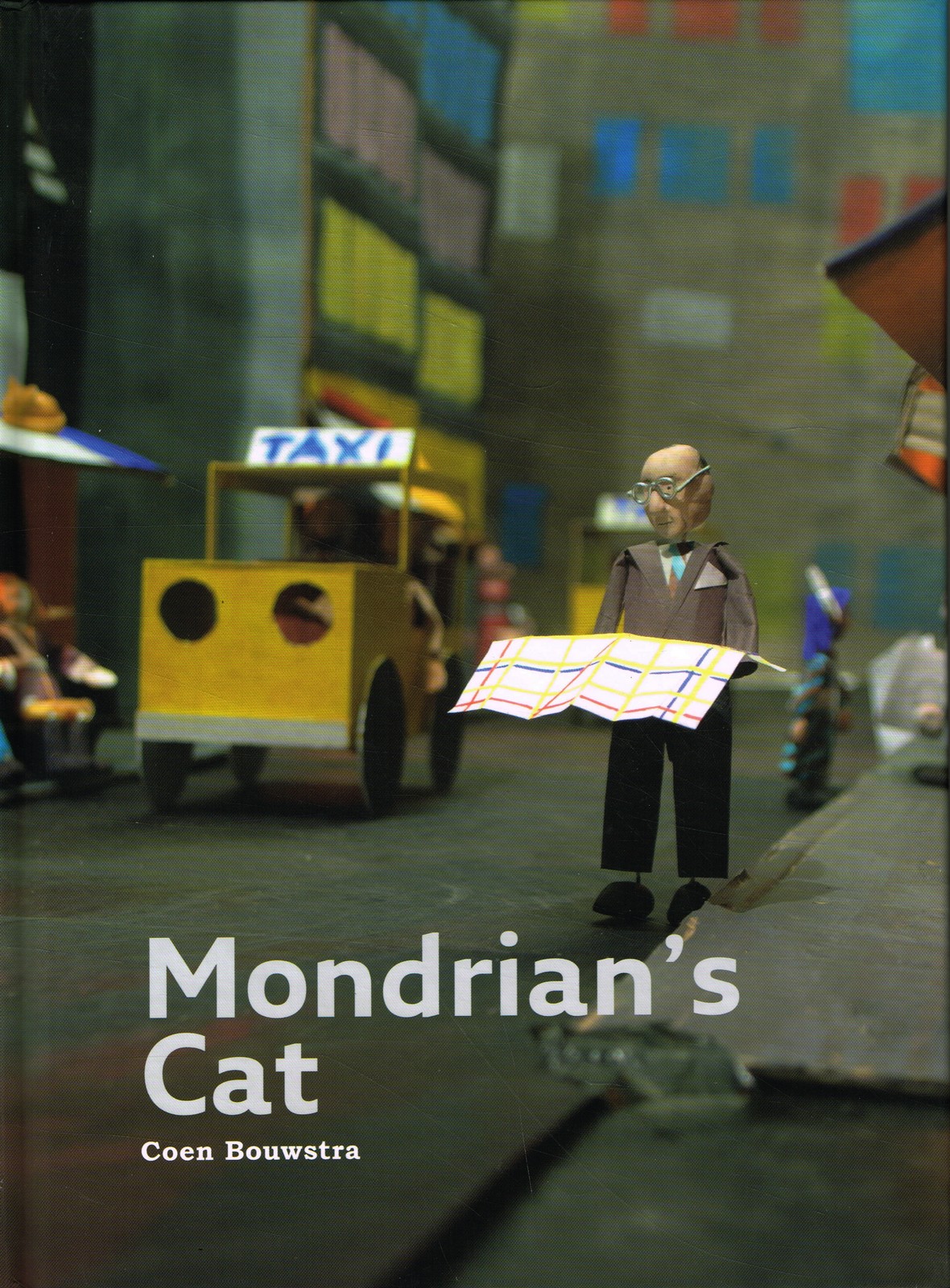
Coen Bouwstra
Mondrian’s cat
A timeless reading and reading book for young and old about the life and work of artist Piet Mondriaan, in honor of his 150th year of birth. In Mondriaan's Cat you get to know the famous painter Piet Mondriaan. He is best known for his paintings with black lines and red, blue and yellow areas. But he painted more. In this book he and his cat take you through his development as a painter who started in the Netherlands. He then went to Paris and in his last years he lived in New York. Mondrian was fascinated by colors and lines and developed into one of the greatest painters of abstract art. Everyone knows Piet Mondriaan, but his work is difficult to understand. That is why it is all the more admirable that Coen Bouwstra, author and illustrator, succeeds in making the painter's work accessible to the very youngest. In beautiful scenes he shows what moved Mondriaan. Mondriaan paid attention to color and the patterns in the landscape. He moved further and further towards the abstract, culminating in his Victory Boogie Woogie, inspired by Boogiewoogie music. SPA uitgeversgeb - 32 blz
kunst
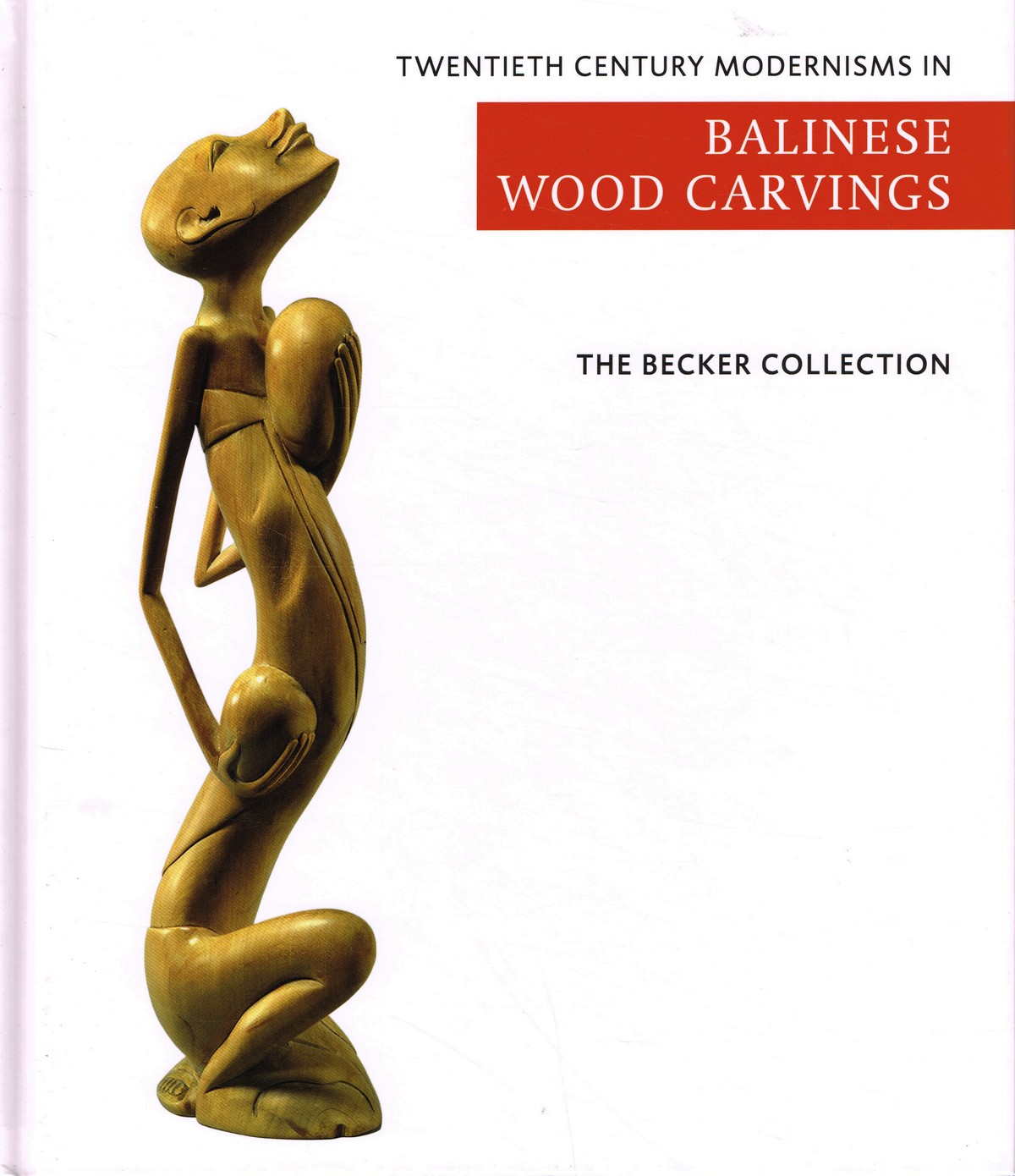
Ton & Mies Becker
Twentieth Century Modernisms in Balinese Wood Carvings
'The Becker Collection - Twentieth century modernisms in Balinese wood carving' contains the private collection of twentieth century ?modern style? Balinese wood carvings, collected by Ton and Mies Becker, both retired medical specialists and collectors of Asian art. Between the 8th and 10th century Hindu influences spread to Bali and blended into the exiting Balinese mix of animistic and Buddhist styles and subjects, known as Bali Aga. Hence, in due time the craftsmen obtained the subjects for their works from the Hindu-Balinese religion and their heroes and demons from famous Hindu epics. This particular style became known in the Western art world as the ?Traditional or Old Balinese style?. In the 20th century the arts and crafts scene in Bali changed completely. First because of Western artist who visited Bali and stayed on to work there and, second, because of the gradual influx of increasing numbers of foreign tourists. In addition the Dutch colonial government started a military campaign to control the powerful kingdoms of central and southern Bali. As a result the local craftsmen lost their royal support and soon realized that foreign tourists were not particularly interested in gods and heroes. Hence, stimulated by some of the Western artists who had settled in Bali, they turned to secular subjects taken from nature and everyday life and became more impressionistic in the execution. This led to a range of new styles, often impressionistic and sometimes even minimalistic and caricatural with bizarre elongated shapes or solid compact forms. In this book we are concerned with this particular type of 20th century ?Modern Style? Balinese wood carving. The catalogue contains 40 objects of ?modern style? wood carving, representing different styles. Each object is photographed, both as an overview and in details if so requested. A brief description of each object is provided, together with the estimated date, and additional information is provided if considered useful. The catalogue is preceded by an essay on the history of Balinese wood carving. Van Spijkgeb - 144 blz
kunst
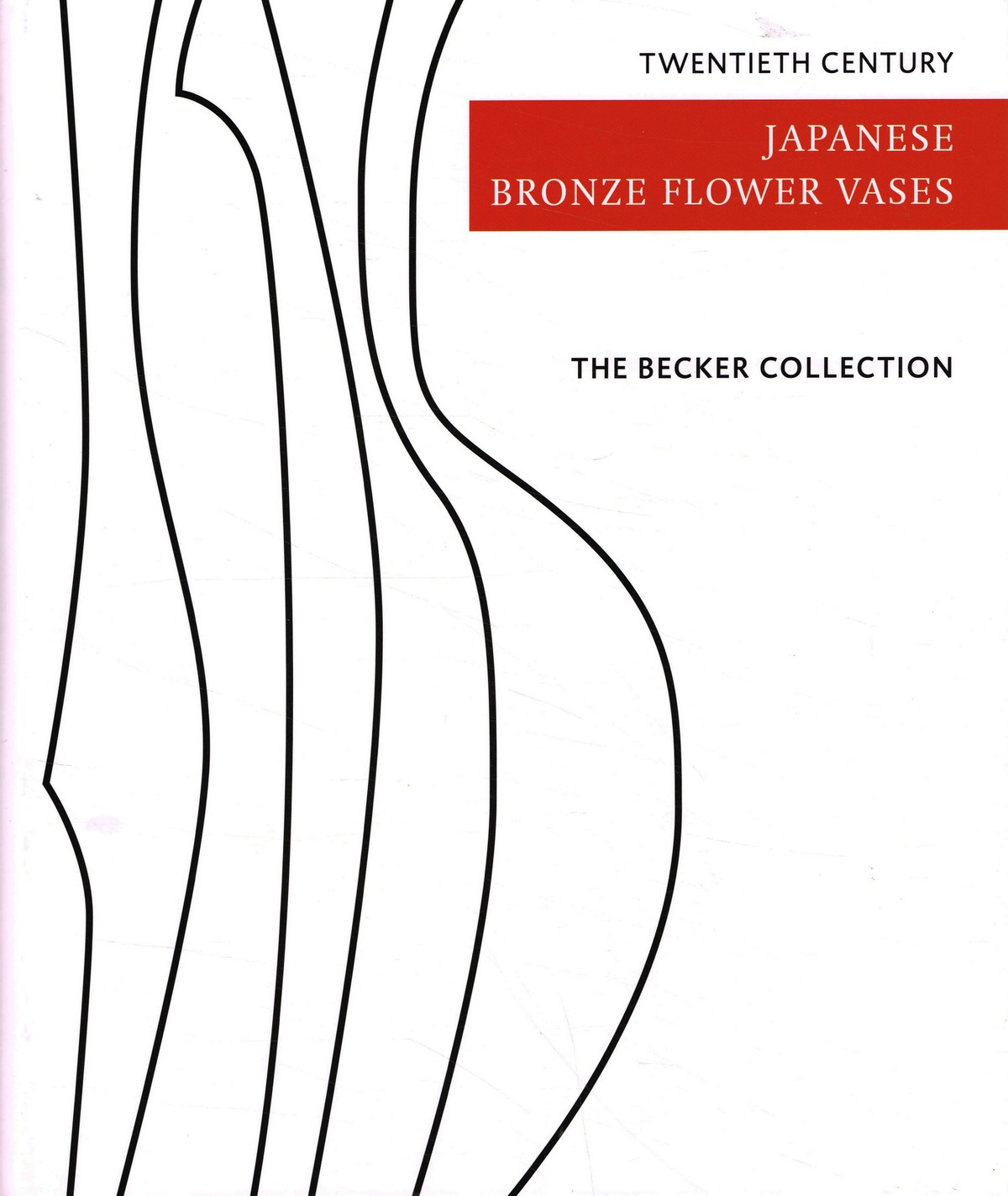
Ton & Mies Becker
Twentieth Century Japanese Bronze Flower Vases
'The Becker Collection - Twentieth century Japanese bronze flower vases' contains the private collection of twentieth century bronze flower vases compiled by Ton and Mies Becker, both retired medical specialists van collectors of Asian art. With the introduction of Buddhism in Japan in the sixth century, bronze containers for flowers to be placed on the altar became important religious objects. In the fifteenth century the Buddhist monk Senno Ikenobô founded the art of flower arranging, which started what nowadays is known as ikebana, the traditional Japanes way of floral art. Presently only the Ikenobô ikebana school still uses bronze flower vases, while all other ikebana schools use other materials like ceramics and bamboo. Following the Meije restauration (1868-1912) the Japanese art world was confronted with Western art styles, in particular the Art Deco movement. The twentieth century flower vases in this collection show a variety in shape and style, in part based on traditional Buddhist temple style vases and in part on the streamlined and geometrical style of the Art Deco movement, albeit often with a distinct 'Japanese touch'. A few introductory essays provide some background information about 'bronzes in Japanese culture', 'the patination of flower bronzes' and 'the tomobako (storage box)'. The catalogue of the vases is arranged according to the bronze worker and presented in alphabetical order in the traditional Japanese way, i.e. the family name first, followed by the given name. All vases are shown together with their tomobako -if available- and with their signature or seal. Brief biographical data are included once available. Van Spijkgeb - 168 blz
geschiedenis
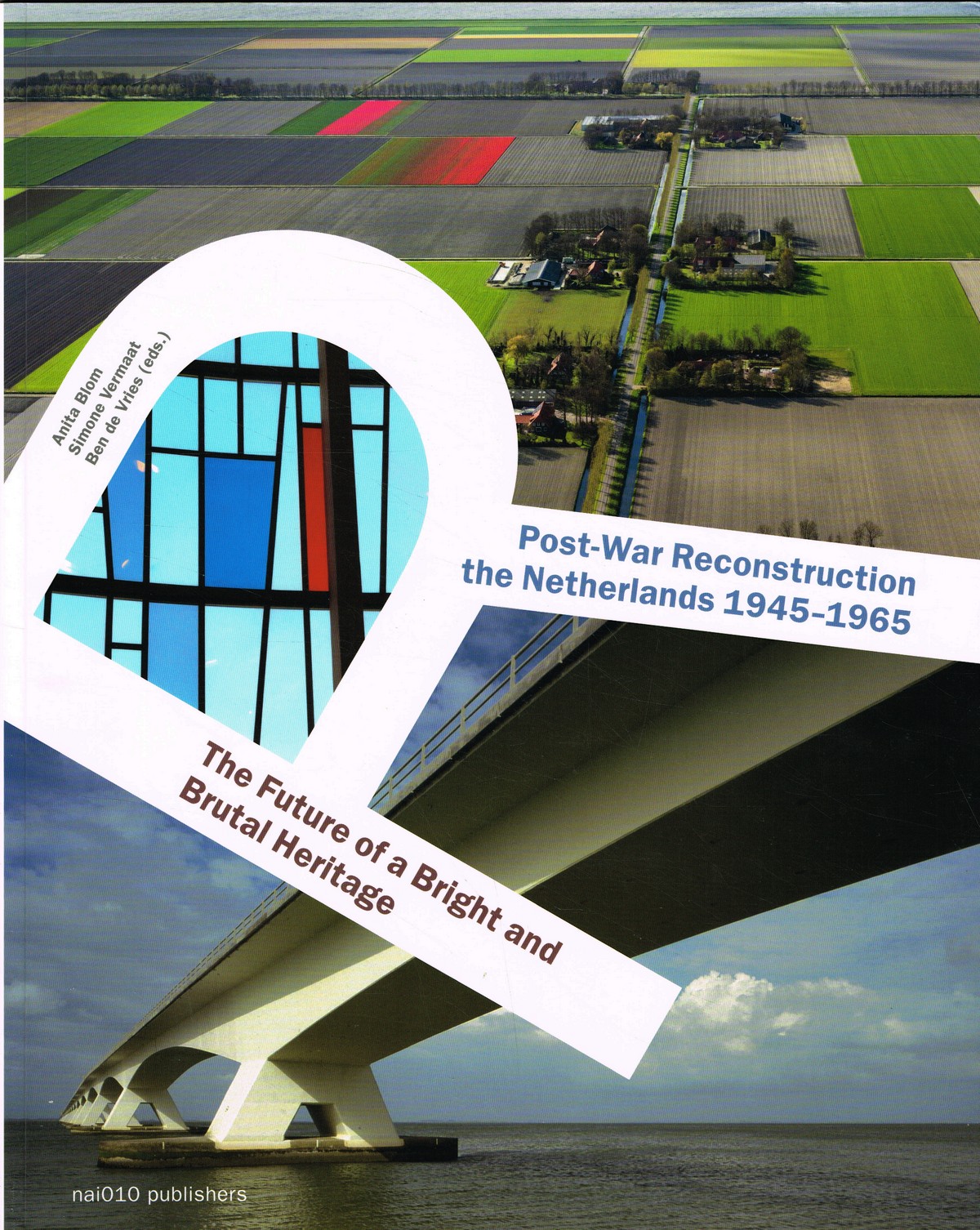
Anita Blom
Post-War Reconstruction in the Netherlands 1945-1965
For English see below- Europa kwam zwaar gehavend uit de Tweede Wereldoorlog. Nederland pakte, ondanks de omvang, de armoede en aanzienlijke oorlogsschade, de wederopbouw voortvarend op. Gebombardeerde steden en dorpen herrezen uit het puin en dankzij centrale sturing werd Nederland ruimtelijk opnieuw ingericht. Ook in economisch en sociaal-maatschappelijk opzicht vonden ingrijpende vernieuwingen plaats. Het gevoel van optimisme leidde tot een verrassend grote diversiteit in architectuur, stedenbouw en landschapsinrichting. De toepassing van nieuwe technieken en materialen leidde tot bijzondere experimenten. Bovendien werden veel bouwwerken voorzien van monumentale kunst, waarbij architecten en kunstenaars nauw samenwerkten. De wederopbouw van Nederland in de jaren 1945-1965 was een prestatie van formaat. Deze publicatie toont een overzicht van de bouwwerken van het herrijzende Nederland en gaat in op de betekenis van het erfgoed van de Wederopbouw voor de actuele opgave van transformatie en herbestemming.- Europe was hurt badly during the Second World War. The Netherlands, despite the dimensions of the task ahead, the poverty and the significant war damage, took up reconstruction expeditiously. Bombed cities and villages re-emerged from the rubble and thanks to central management, the Netherlands were redeveloped spatially. In economic and social terms, significant innovations took place as well. The sense of optimism led to a surprisingly wide diversity in architecture, urban planning and landscape design. The application of new techniques and materials led to exceptional experiments. Moreover, many buildings were provided with monumental art, architects and artists working closely together. The reconstruction of the Netherlands in the years 1945-1965 was a huge feat. This publication gives an overview of the buildings in the re-emerging Netherlands and examines the significance of this heritage of the reconstruction for current tasks of transformation and rezoning. - Engelstalig boek nai010pap - 232 blz
